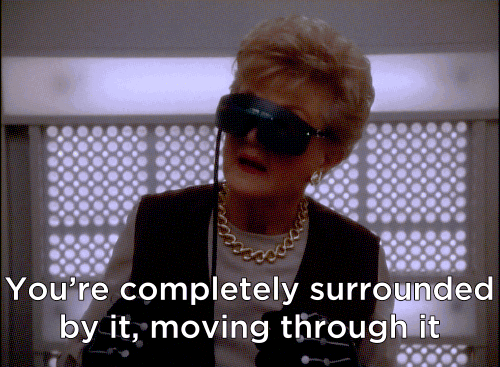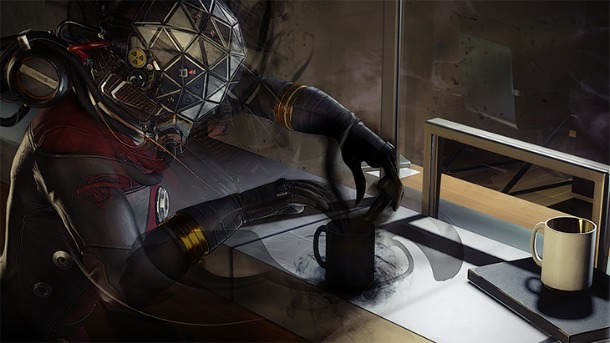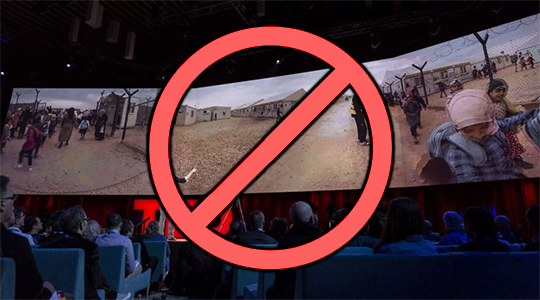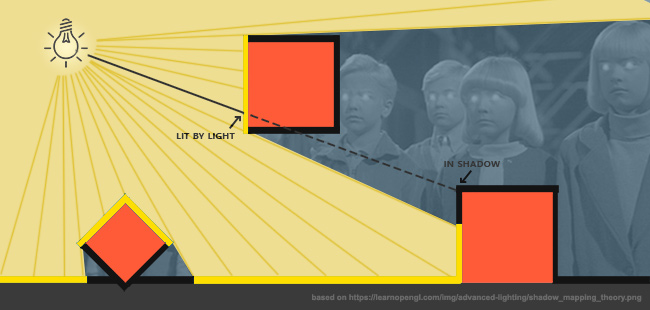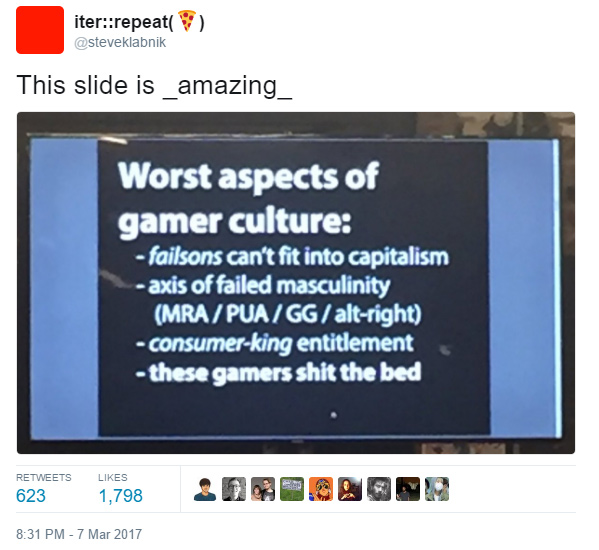So some brief career news stuff --
I'll be joining NYU Game Center as full-time faculty ("assistant arts professor") starting in Fall 2017 (along with
Matt Boch). This might be a bit confusing. Wasn't I already teaching at NYU?
Well, I'm so glad you asked...
Until then, I was/am still a part-time
"adjunct" teacher at 2-3 different university programs around New York City. Adjunct faculty are treated very differently from full-time faculty: we don't usually get any benefits or health insurance, we are paid much less and at a per-class rate, and we have no real guarantee of re-appointment / job security. The average US adjunct (more than half of all faculty across the US now) would be pretty lucky to make more than $30,000 USD a year by teaching 5-10 courses a year, assuming they can hustle that much work together. (You'd also be very stressed-out and unhappy with such a heavy work load. I've heard horror stories of some adjuncts trying to teach 6 different classes at once across New York and New Jersey!)
Meanwhile, my adjunct situation is a bit unusual. The pay in NYC is a bit higher, and NYU / New School adjuncts unionized to negotiate better contracts. If you adjunct anywhere else in the US, you might have much lower pay and no union. I was also lucky to be working in a "hot" field right now, where I have a rare skillset and my classes fill-up regularly. If I were teaching first year writing and composition, I'd be considered infinitely replaceable. If I was teaching a class about 19th century Estonian poetry and only 3 students registered, the university would likely cancel the class for low enrollment. Compared to those cases, teaching video games and VR is like a golden ticket.
It's hard to talk about all this because the individual people involved -- the academic bureaucracy of directors and administrators -- are often perfectly kind people. It's not one person's fault, or even one department or university's fault. The bigger problem is cultural and systemic throughout the entire world: is a university supposed to organize knowledge and help educate everyone, or is it more like a fun resort where you drink and party and hopefully make friends with rich people? Well, if you're a university and the US government defunds you for the past 50 years, and a recession wipes out your endowment, and your alumni donors think you're getting "too PC" to deserve their money, then maybe it makes more sense for you to become a resort... etc.
Anyway. Promotions like this are pretty rare, and almost never happen for adjuncts like me. I'm thankful for the support of all my mentors and colleagues over the years, and I'm sad that I won't be teaching at Parsons MFADT or at NYU IDM anymore -- but also, again, I'm thankful for this opportunity to invest more of my time into teaching / research / being a "public intellectual" or whatever.
Some of the stuff I've been doing with a public bent already:
- curating and helping to organize No Quarter, an annual NYC show where we commission new public games from 4 developer auteurs
- broadcasting Level With Me, my weekly stream about level design on Twitch / YouTube
- writing about VR, talking about VR at various events
And here's some of my plans for Fall 2017:
- hold "open office hours" on the internet (kinda like Zach Lieberman) where
anyone most people can call-in for advice about whatever
- help spin-up NYU Game Center's streaming operations (you're gonna love "Bennett Foddy's Amiga Minute")
- wear one of those professor jackets with elbow patches
Plus, I'll be sharing an office with all-American game studies good boy
Charles Pratt. (Oh dear.)... Who knows what wacky arguments we'll have on a daily basis?! Stay tuned for our inevitable reality show.
